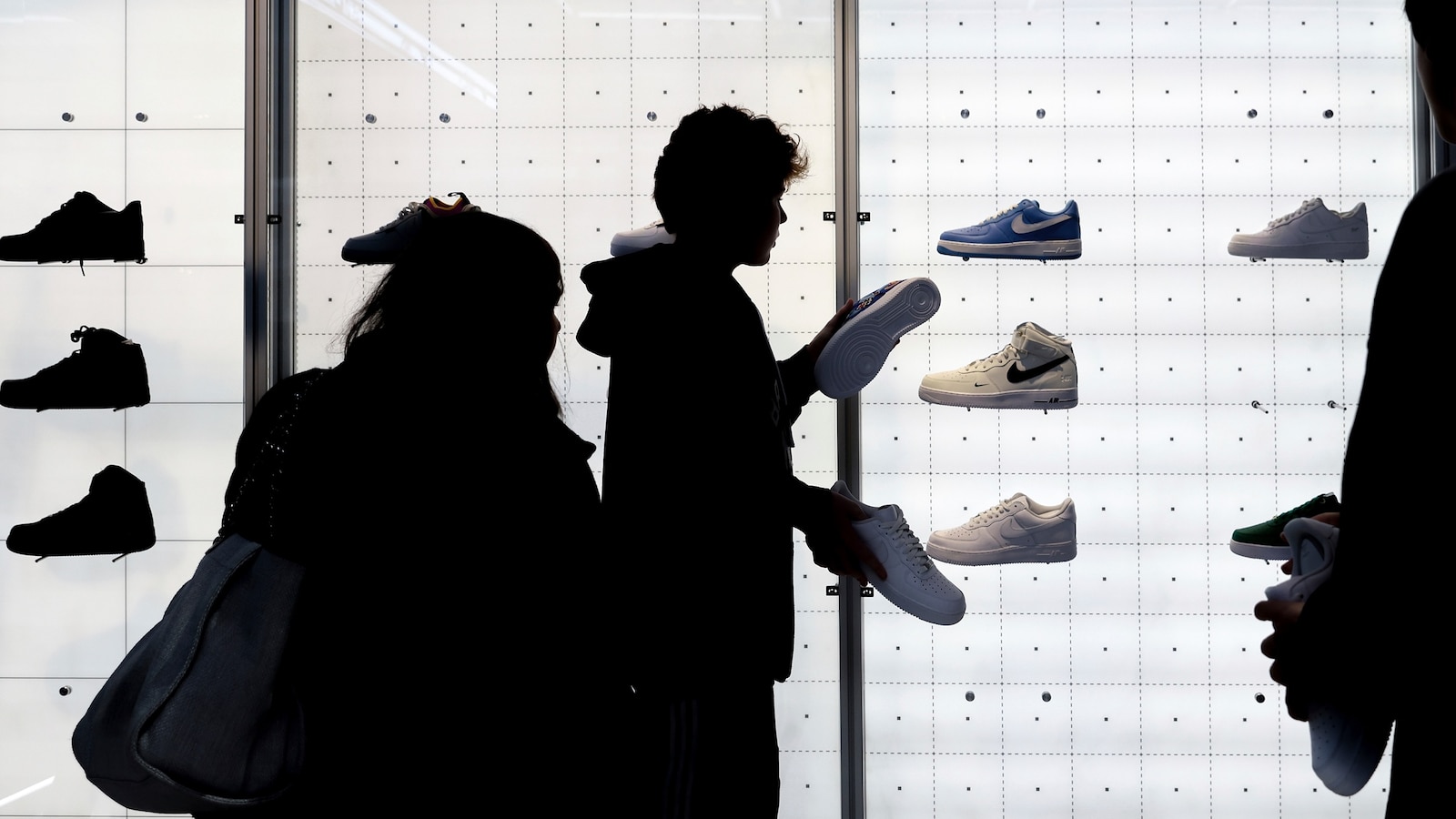Consumer confidence improved more than expected in May, ending a monthslong stretch of worsening consumer attitudes as President Donald Trump’s tariffs set off company warnings about price increases even after the president eased his policy.
The reading of brightened consumer sentiment snapped five consecutive months of decline, which had brought the Conference Board gauge to its lowest level since the COVID-19 pandemic.
The rebound in consumer confidence took hold across all age and income demographics, the Conference Board said.
A trade agreement between the U.S. and China earlier this month slashed tit-for-tat tariffs between the world’s two largest economies and triggered a surge in the stock market. Within days, Wall Street firms softened their forecasts of a recession.
The U.S.-China accord marked the latest softening of Trump’s levies, coming weeks after the White House paused far-reaching “reciprocal tariffs” on dozens of countries. Trump also eased sector-specific tariffs targeting autos, and rolled back duties on some goods from Mexico and Canada.
An array of tariffs remain in place, however, including an across-the-board 10% levy that applies to imports from nearly all countries. Additional tariffs have hit auto parts, as well as steel and aluminum.

People shop for shoes in a Nike store on Nov. 25, 2022, in New York.
Julia Nikhinson/AP
Consumers face the highest overall average effective tariff rate since 1934, the Yale Budget Lab found this month.
A growing set of major retailers have warned of possible tariff-driven price hikes, including Nike, Target, Walmart and Best Buy.
Walmart CEO Doug McMillan last week said tariffs risk prices increases for a wide range of goods that includes food, toys and electronics.
“The merchandise that we import comes from all over the world,” McMillon said. “All of the tariffs create cost pressure for us.”
Consumer spending, which accounts for about two-thirds of U.S. economic activity, could weaken if shopper sentiment sours. In theory, a slowdown of spending could hammer some businesses, prompting layoffs that in turn further shrink consumer appetite.
Despite ongoing market swings, key measures of the economy remain fairly strong.
The unemployment rate stands at a historically low level and job growth remains robust, though it has slowed from previous highs. In recent months, inflation has cooled, reaching its lowest level since 2021.

